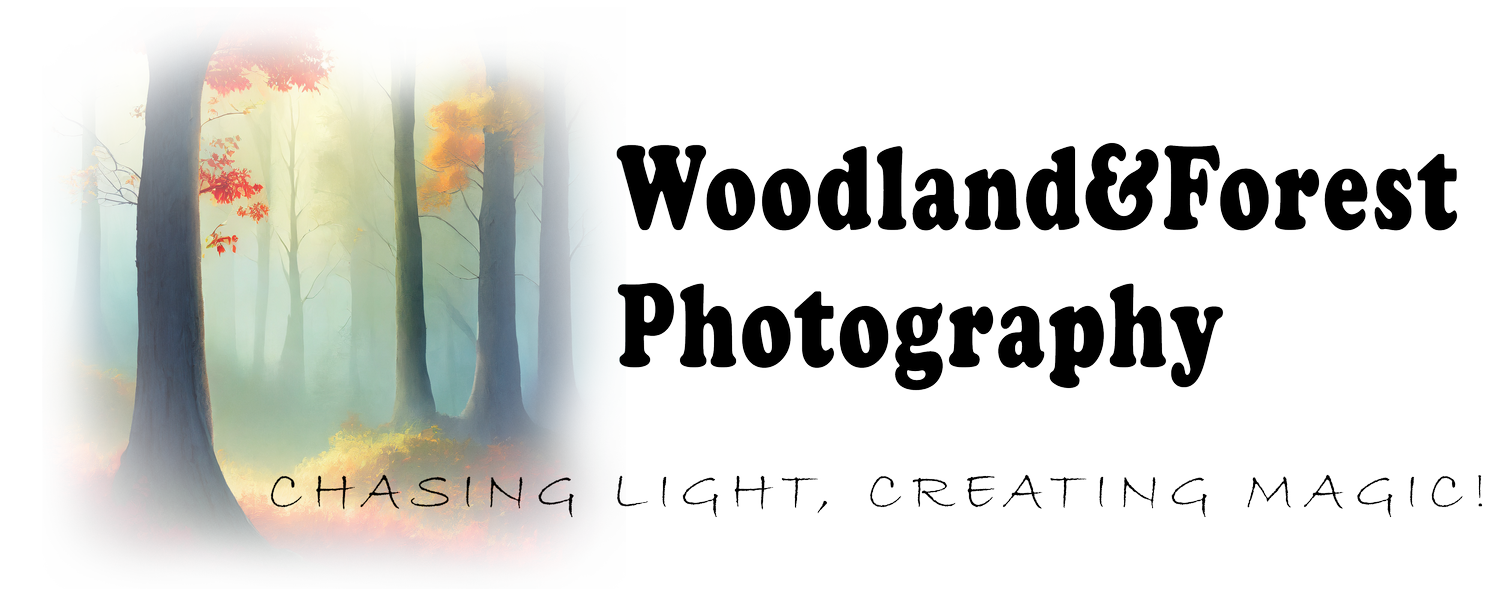Woodland & Forest Photography
Bringing the Beauty of Woodlands and Forests to Life
December 30, 2023
WEEKLY NEWSLETTER
Dear Photography Enthusiasts,
Welcome to the Weekly Woodland & Forest Photography Newsletter, where we share tips, tricks, and inspiration for capturing the beauty of nature in forests and woodlands. In this issue, we will focus on how to enjoy woodland photography without traveling far, and how to discover and appreciate the local areas around you.
Less Travel, More Local
Woodland & Forest photography does not have to involve long and expensive trips to exotic locations. You can find amazing opportunities for woodland & Forest photography right in your backyard, or in the nearby parks, gardens, or nature reserves. By exploring the local woodlands & Forests, you can save time, money, and energy, and also reduce your environmental impact. You can also benefit from the familiarity and convenience of the local areas, and visit them more often and at different times of the year. I've been photographing locally ever since I fell in love with this kind of photography.
Here are some of the advantages of photographing local woodland & Forest:
- You can learn more about the history, culture, and ecology of your local area, and develop a deeper connection and appreciation for it.
- You can discover new and hidden spots that you may have overlooked or ignored before, and find unique and interesting subjects for your photography.
- You can experiment with different techniques, styles, and perspectives, and improve your skills and creativity as a photographer.
- You can enjoy the peace, tranquility, and beauty of nature, and improve your physical and mental well-being.
- Health issues may prevent you from walking longer distances, and in these cases woodland & Forest photography can provide you with an opportunity to keep on practicing your love for photography.
How to Find and Photograph Local Woodland & Forest
You may be surprised by how many woodlands are within your reach, if you know where to look and how to access them. Here are some tips on how to find and photograph local woodland & Forest:
- Use online resources, such as maps, websites, blogs, and social media, to search for woodlands near you. You can also ask for recommendations from other photographers, friends, or locals.
- Check the accessibility, opening hours, and regulations of the woodlands before you visit. Some woodlands & Forests may require a permit, a fee, or a reservation to enter. Some may have restrictions on photography, such as the use of tripods, flash, or drones.
- Plan your visit according to the weather, season, and time of day. Different conditions can create different moods and effects in the woodland & Forest, and you should be prepared for them. For example, mist and fog can create a mysterious and ethereal effect, while backlighting can create a magical and enchanting effect.
- Use a variety of lenses, filters, and accessories to capture the diversity and complexity of the woodland. A wide-angle lens can capture the grandeur and scale of the woodland, a telephoto lens can isolate and compress the details and patterns, and a macro lens can reveal the small and intricate details¹². A circular polarizing filter can reduce reflections and enhance colors, a neutral density filter can create motion blur effects, and a graduated neutral density filter can balance the exposure between the sky and the forest floor.
- Look for different subjects, such as trees, water, wildlife, and details, and try to capture them in different ways, such as portraits, action shots, or environmental shots. You can also look for different elements, such as shapes, colors, textures, and light, and use them to create contrast, harmony, or drama in your images.
- Experiment with different angles and perspectives, and try to find unusual and creative ways to capture the woodland. For example, you can shoot from a low angle to make the trees appear taller and more imposing, or from a high angle to show the patterns and colors of the forest floor. You can also shoot upwards from the base of a tree to create a dynamic and distorted view, or downwards from a hill or a bridge to create a bird's eye view.
We hope you enjoyed this issue of the Woodland & Forest Photography Newsletter, and that you found some useful tips and inspiration for your woodland & Forest photography. We would love to hear from you, so please feel free to share your feedback, questions, or suggestions with us on our social media channels. Until next time, happy shooting!
Sincerely,
Jhonny Bakken
Founder, Woodland & Forest Photography
Woodland & Forest Photography,
Nygjerdet 14, 6030 Langevåg
Møre og Romsdal
NORWAY


